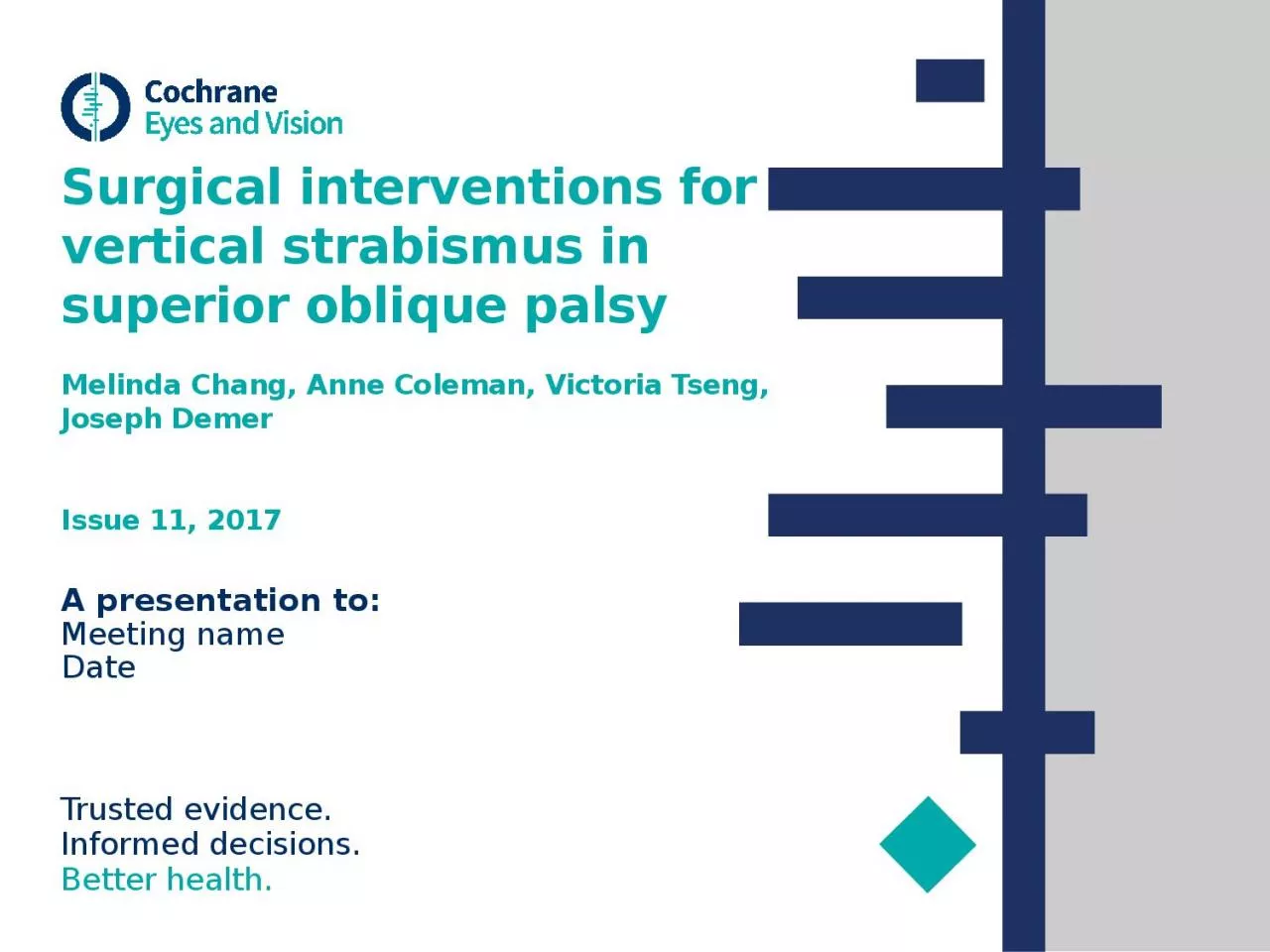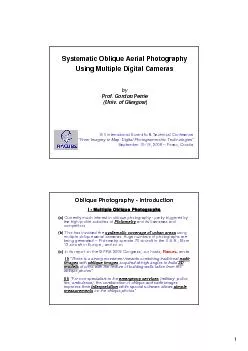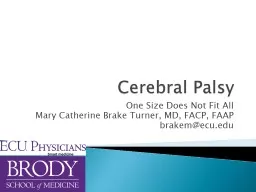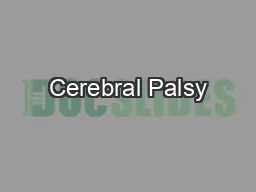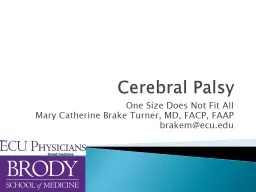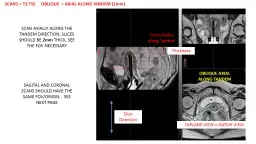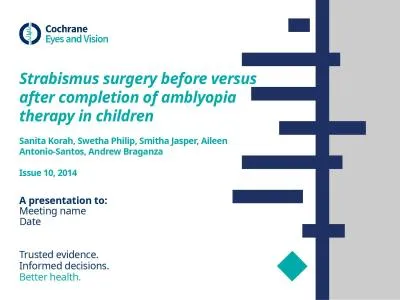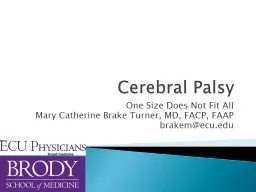PPT-Surgical interventions for vertical strabismus in superior oblique palsy
Author : jordyn | Published Date : 2024-01-13
Melinda Chang Anne Coleman Victoria Tseng Joseph Demer Issue 11 2017 A presentation to Meeting name Date Table of Contents 01 Background 02 Types of studies 03
Presentation Embed Code
Download Presentation
Download Presentation The PPT/PDF document "Surgical interventions for vertical stra..." is the property of its rightful owner. Permission is granted to download and print the materials on this website for personal, non-commercial use only, and to display it on your personal computer provided you do not modify the materials and that you retain all copyright notices contained in the materials. By downloading content from our website, you accept the terms of this agreement.
Surgical interventions for vertical strabismus in superior oblique palsy: Transcript
Download Rules Of Document
"Surgical interventions for vertical strabismus in superior oblique palsy"The content belongs to its owner. You may download and print it for personal use, without modification, and keep all copyright notices. By downloading, you agree to these terms.
Related Documents

